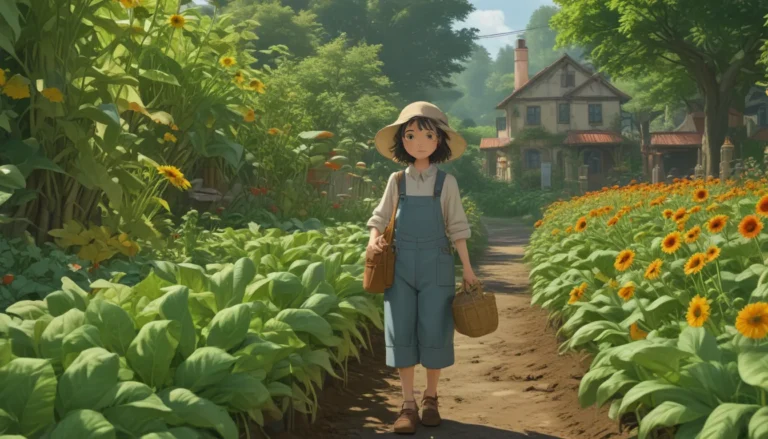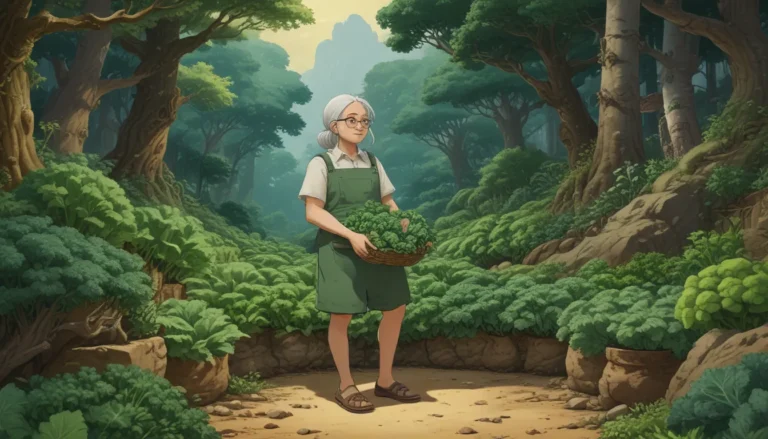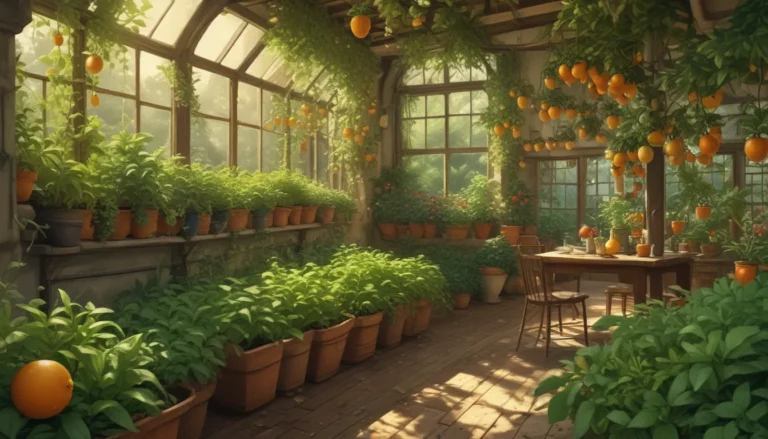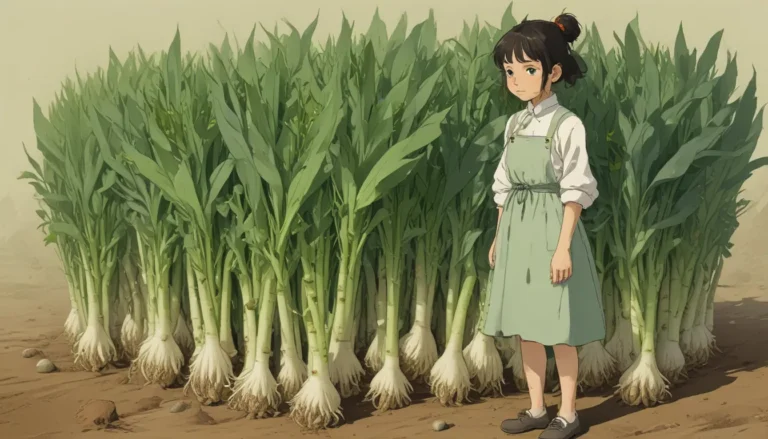The Humane Gardener: Embracing Native Plants for Wildlife Habitat
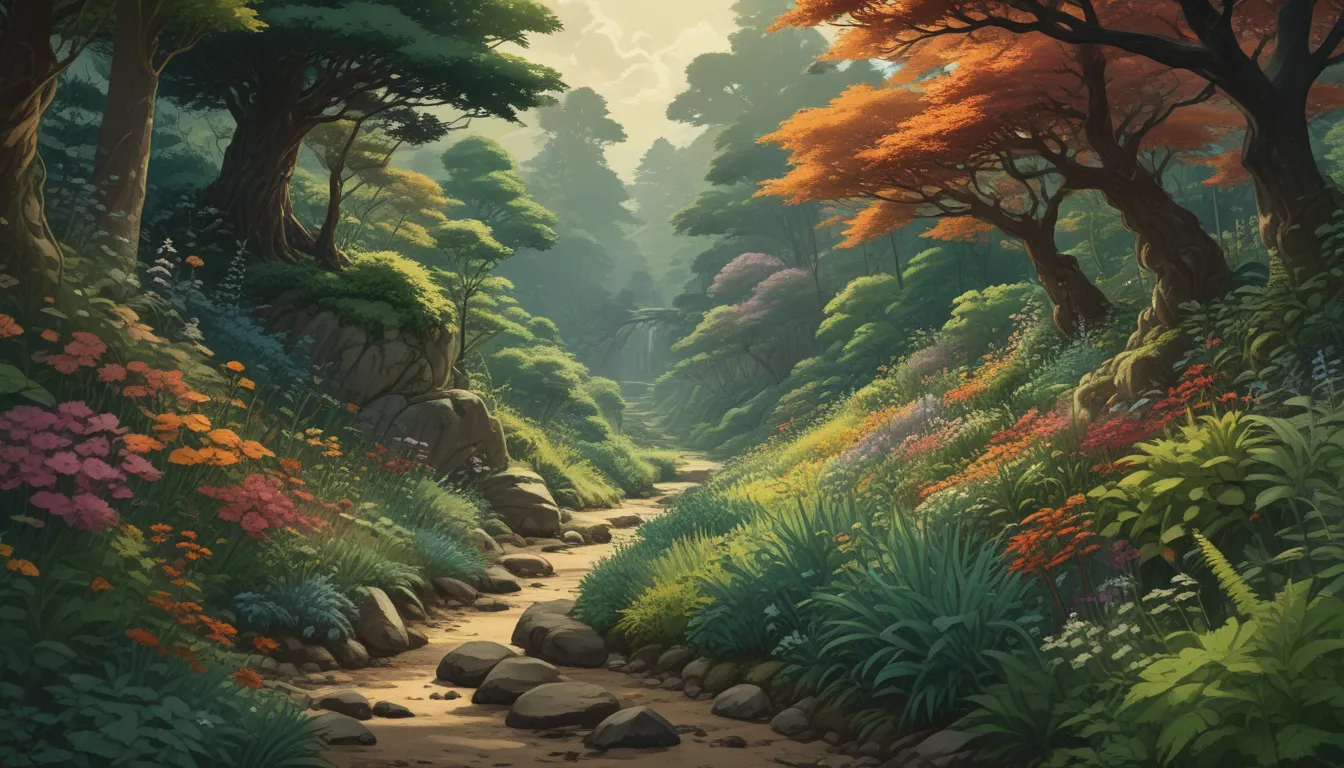
Are you looking to transform your garden into a thriving habitat for wildlife while supporting native plant species? Look no further than Nancy Lawson’s book, “The Humane Gardener: Nurturing a Backyard Habitat for Wildlife.” In this article, we’ll take a deep dive into Lawson’s insights and practical tips for creating a harmonious ecosystem in your own backyard.
The Humane Gardener’s Mission
Nancy Lawson, a naturalist and the founder of The Humane Gardener website, is on a mission to help animals thrive in our gardens. In her book, she shares her compassionate approach to gardening, emphasizing the importance of supporting native plants and ecosystems to create a welcoming habitat for wildlife.
One of the key takeaways from Lawson’s book is the idea of rethinking traditional gardening practices and embracing a more natural, “messy” landscape that supports a diverse range of native species. By doing so, gardeners can attract a variety of wildlife, from pollinators to nesting birds, and create a thriving ecosystem right in their own backyard.
Exploring Lawson’s Insights
Let’s break down some of the key concepts and practical tips shared by Nancy Lawson in “The Humane Gardener”:
- Trying Something New: Lawson encourages gardeners to let go of preconceived notions about what a garden should look like and embrace native plants.
- Embracing the Wild: Allowing nature to take over a portion of the garden can lead to surprising discoveries about the wildlife that calls it home.
- Supporting Ecosystems: By providing food and shelter for native animals, gardeners can create a habitat that supports a thriving ecosystem.
- Providing Natural Food for Wildlife: Understanding the importance of catering to the dietary needs of the creatures that inhabit our gardens.
- Importance of the Full Life Cycle: Appreciating the role of decaying plant material in providing food and shelter for garden inhabitants.
Through engaging storytelling and insightful profiles of pioneering gardeners, Lawson illustrates how cultivating a humane garden can benefit both wildlife and humans alike. Each chapter is filled with practical advice and resources for readers looking to create their own wildlife-friendly garden.
Getting Started with Humane Gardening
At the end of the book, Lawson provides a handy “Getting Started” guide that includes valuable resources such as:
- General information on humane gardening
- Regional books on habitat growing
- Native plant information and databases
- Sources for native plant retail
- Tips on coexisting with wildlife
- Guidance on habitat certification
By following Lawson’s recommendations and incorporating native plants into your garden, you can help create a vibrant habitat that supports a wide range of wildlife species. Whether you have a small balcony or a sprawling yard, there are steps you can take to make your garden more wildlife-friendly.
Cultivating Harmony in Your Garden
In “The Humane Gardener,” Nancy Lawson shares her personal journey of transforming her suburban plot into a thriving wildlife habitat. Through her engaging writing style and practical tips, she inspires readers to rethink their approach to gardening and embrace the beauty of native plants.
As you embark on your own journey towards creating a humane garden, remember Lawson’s words: “Even in a small yard, you might be surprised by who shows up if you let them.” By welcoming native plants and wildlife into your garden, you can make a positive impact on the environment and create a sanctuary for animals in your own backyard.
Are you ready to transform your garden into a wildlife-friendly oasis? Pick up a copy of “The Humane Gardener” today and start cultivating harmony with nature in your own backyard. Share your experiences and tips for creating a wildlife-friendly garden in the comments below!
